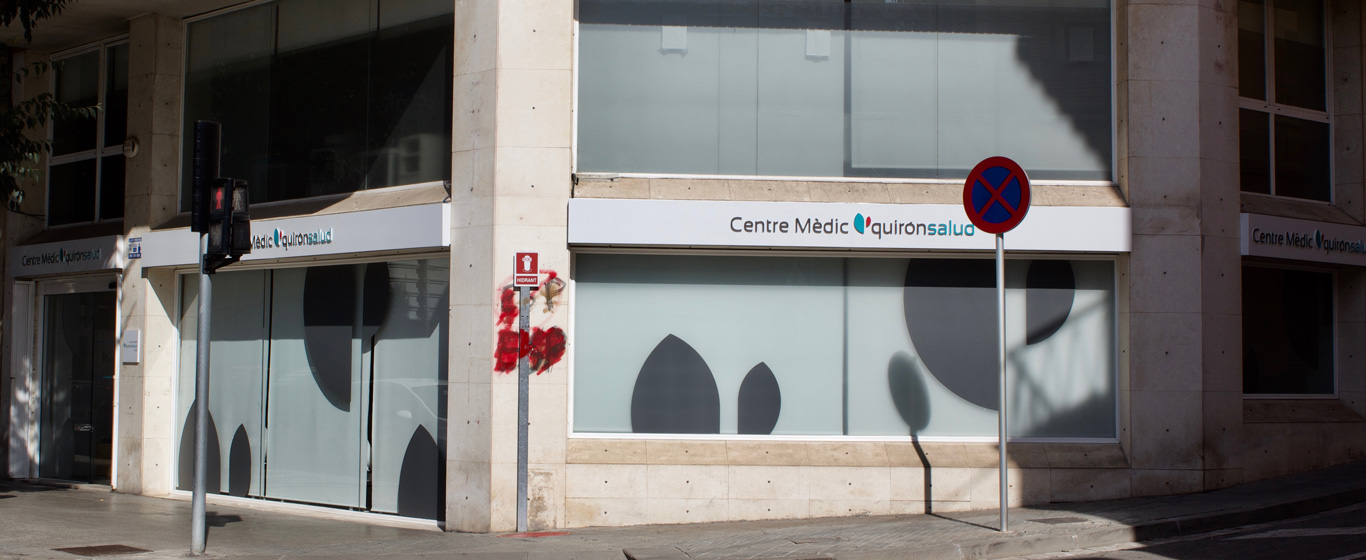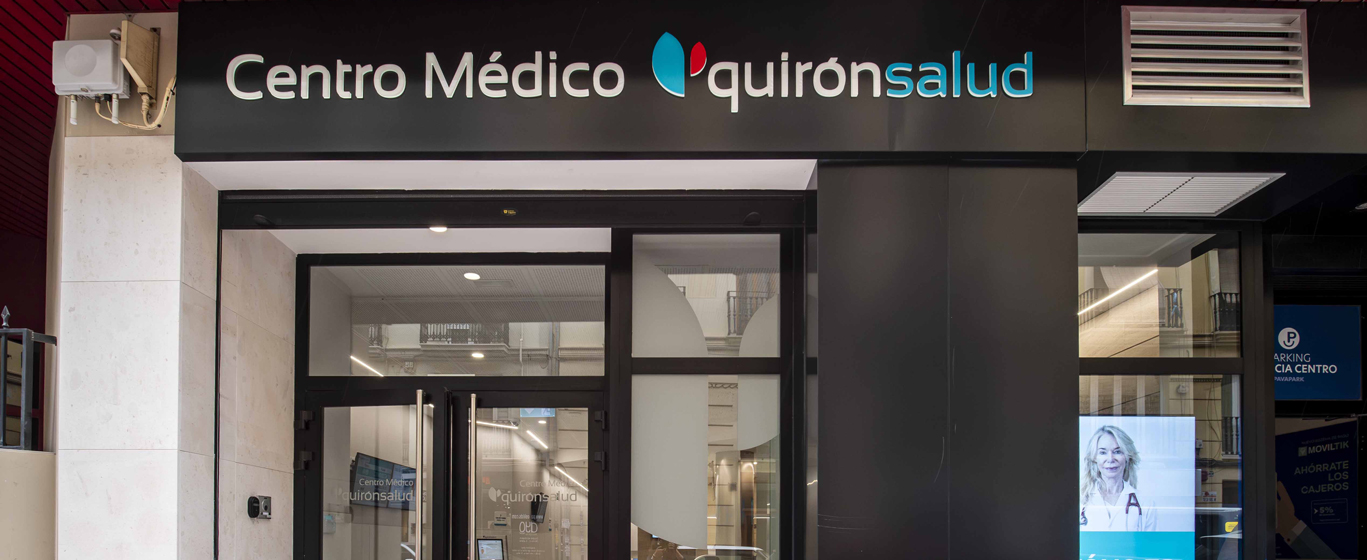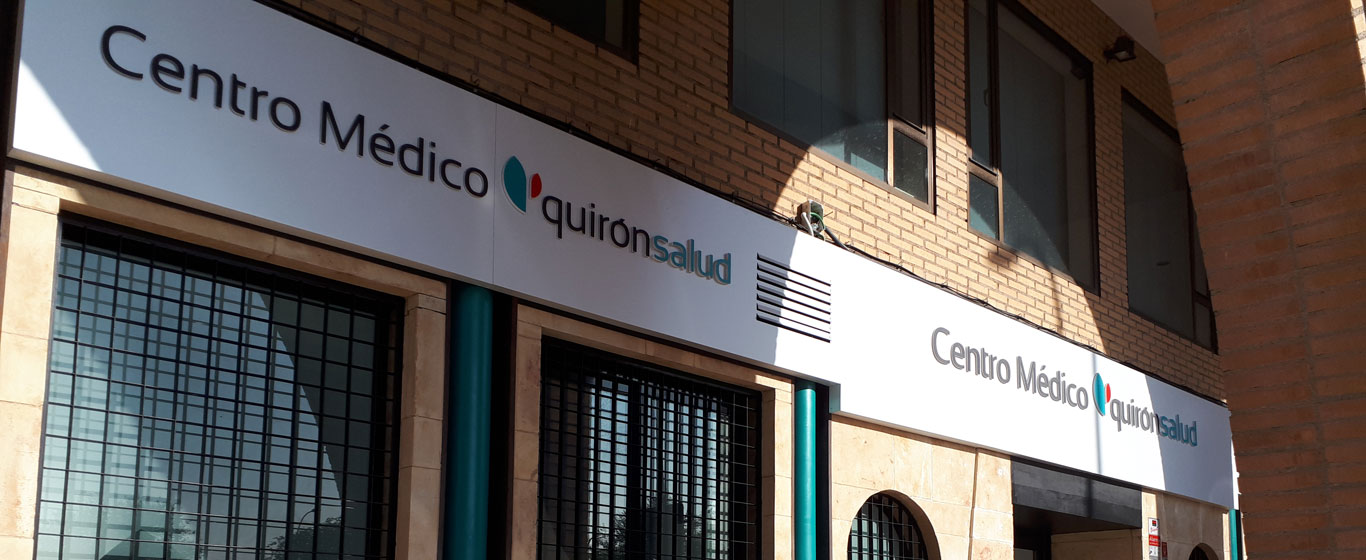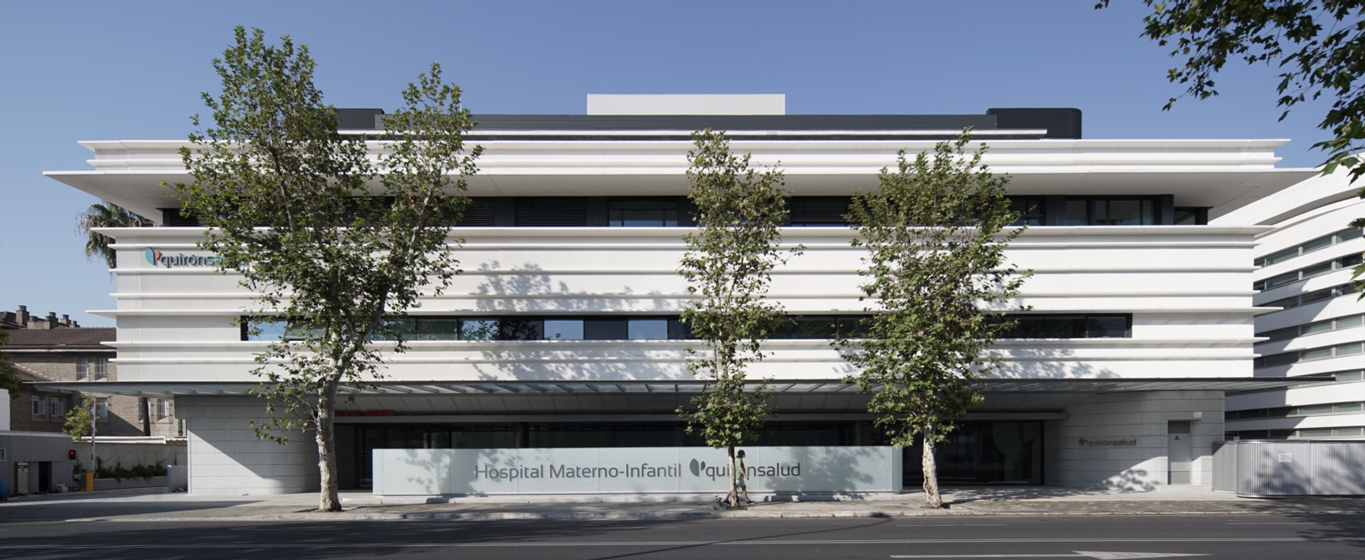Angioma
What is an angioma? Information on the causes, symptoms, and treatments for its different types.
Symptoms and Causes
Angiomas are benign vascular tumors, meaning they consist of small blood vessels or lymphatic vessels that do not contain cancerous cells. They are located on the skin anywhere on the body and do not cause complications other than cosmetic ones. They typically appear in the first few weeks of life, but they may already be present at birth.
Depending on their appearance, they are classified into the following types:
- Angiofibroma: Although similar to warts, they are hard and do not change in size when pressed. They are typically blue or red in color.
- Spider angioma: This is the most common type in children and pregnant women. It appears on the neck, face, arms, fingers, or hands. It is characterized by a red spot under the skin with threads radiating from it.
- Strawberry angioma: It appears on the surface of the skin either singly or in groups. Its size varies and can sometimes reach half a centimeter in diameter. It can be purple, blue, red, or black.
- Cherry angioma: Also known as senile angioma, this is one of the most common in older adults. It appears as small red or purple spots or papules on the skin, which can vary in size.
- Tufted angioma: This is uncommon and typical of childhood. It consists of a cluster of round, raised lesions that are purple in color.
Another classification depends on the affected organs:
- Cavernous angioma (cavernoma): This occurs in internal organs, especially in the blood vessels forming the brain parenchyma.
- Venous angioma: This is a congenital malformation, not hereditary. It develops in small veins that converge into the venous system, either superficial or deep.
In some cases, these tumors disappear over time as they only affect the superficial layer of the skin, while in others, they persist due to being deeper, and they are referred to as hemangiomas.
Symptoms
The most characteristic symptoms of an angioma include:
- Flat lesions on the skin that may evolve into sponge-like protrusions over time.
- Red spots. Occasionally, they may appear purple, blue, or black.
- Bleeding if the angioma is damaged.
Causes
Angiomas occur when additional blood vessels are formed and grouped together to form a mass. While the exact cause is unknown, it is believed that there may be a genetic predisposition.
Risk Factors
Angiomas mainly appear in infants up to one year of age.
Complications
An angioma may rupture, causing a wound that bleeds, hurts, or becomes infected. In some rare cases, it forms in areas that affect vision or hearing.
Prevention
Angiomas cannot be prevented.
Which doctor treats angioma?
Dermatologists, pediatric surgeons, and specialists in plastic, aesthetic, and reconstructive surgery are involved in the diagnosis and treatment of angiomas.
Diagnosis
A physical and visual examination of the lesions is sufficient to diagnose an angioma.
Treatment
When the angioma is superficial and small, it may disappear on its own, so no treatment is recommended unless for cosmetic reasons.
When removal is necessary, the following options can be used:
- Topical medications: Small lesions respond well to blockers or corticosteroids in cream form.
- Cryotherapy: Liquid nitrogen is used to freeze the protrusion and completely remove it.
- Laser surgery: Pulsed laser is applied to treat angiomas that are less than 3 millimeters deep.
























































